June 26, 2025 — In a bold move to extend beyond its core cryptocurrency trading business, Kraken has officially launched Krak, a peer-to-peer payments app designed to compete directly with Venmo, Cash App, and PayPal (reuters.com).
What Is Krak?
- Dual-purpose accounts — Users will have dedicated “spend” accounts supporting both fiat currencies and cryptocurrencies, seamlessly enabling payments in more than 300 assets across over 100 countries (reuters.com).
- No external banking needed — Fiat transfers happen within Kraken’s own infrastructure, bypassing traditional bank rails. Crypto transfers, meanwhile, leverage blockchain to settle instantly (reuters.com).
- Free, peer-to-peer — Krak will launch without fees, and supports sending funds via secure paylinks—similar to texting money—compatible across messaging apps like SMS and WhatsApp (kraken.com).
Why It’s a Big Deal
- Entry into fintech – With Krak, Kraken steps beyond crypto trading into everyday financial services, targeting remittances, P2P payments, and global money transfers (spokesman.com).
- Expansive asset support – Users can send both crypto and local fiat currencies, supporting more than 300 assets from USD to DOGE (reuters.com).
- Leveraging global reach – Kraken’s decade-long investment in money-transmitter licensing and global infrastructure allows it to offer true cross-border payments from day one (reuters.com).
What’s Coming Next
- Payment cards on deck — Physical and virtual debit cards are planned to let users spend directly from Krak accounts (reuters.com).
- Financial services ahead — Kraken anticipates introducing lending options, loans, credit services, and more “pay-in-advance” tools (reuters.com).
- Rewards and yields — Users may earn up to 10% yield on selected digital assets (for example, ~4.1% on USDG stablecoin), adding appeal in the crowded fintech field (spokesman.com).
How Krak Stacks Up in the Market
| Feature | Krak | Venmo / Cash App | PayPal |
|---|---|---|---|
| Crypto + Fiat support | ✅ Over 300+ assets & fiat currencies | Limited / Fees | Limited; some fees |
| International use | ✅ 100+ countries cross-border | Mostly US-only | Global, but separate rails |
| Fees | ❌ Free peer-to-peer | Free for P2P, fees elsewhere | Varies; international fees |
| Upcoming cards & loans | ✅ In pipeline | ✅ Debit cards (with fees) | ✅ Debit & BNPL |
Krak’s standout features include robust crypto support and fee-free transactions, powered by Kraken’s extensive global infrastructure.
Why Now? Strategic Context
Kraken’s move aligns with a wider industry trend towards blended crypto–fintech platforms:
- Coinbase, for instance, recently introduced an e-commerce payments tool for USDC on Shopify.
- Kraken itself has been expanding services with “xStocks” (tokenized U.S. equities) and fee-free stock and ETF trading outside the U.S. (cointelegraph.com, kraken.com, kraken.com, reuters.com, support.kraken.com, spokesman.com).
Kraken’s co‑CEO Arjun Sethi explained:
“We’re able to move money across borders right off the bat…our customers just wanted to do more with their money.” (reuters.com)
Challenges Ahead
- User adoption & trust — Convincing non-crypto users to adopt a new financial app, especially one tied to digital assets, remains a hurdle.
- Regulatory environment — As Kraken pushes into more financial services (cards, loans), it enters a tightly regulated space, adding complexity.
- Competitive response — Major incumbents like PayPal and Cash App are also adding crypto features—Venmo already offers crypto purchases, PayPal has stakes in stablecoin, and others are extending cross-border capabilities.
Final Thoughts
By launching Krak, Kraken is transcending its crypto roots to build a unified global money app—integrating peer-to-peer payments, crypto accessibility, and future financial services. With a cost-free foundation and borderless capabilities, Krak could shake up how people transact worldwide. Success will hinge on achieving broad adoption, regulatory compliance, and strategically rolling out its card and lending services.
If Krak delivers on its promise, it could transform from a crypto tool into a mainstream payment platform—and spark a new wave of blockchain-powered fintech evolution.
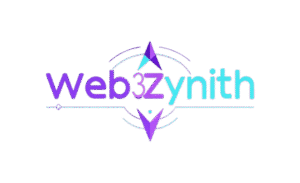

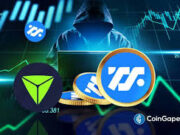




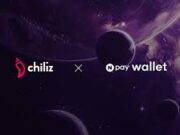

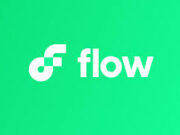

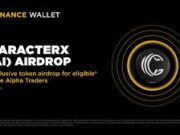
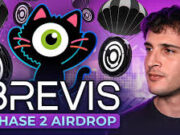
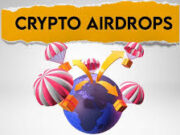
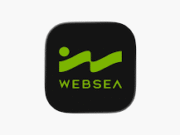
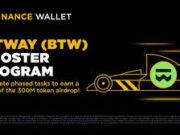
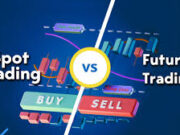

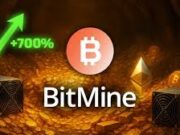




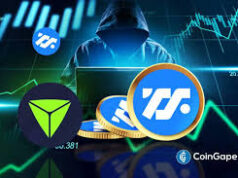




How do you think it stacks up against Venmo?
Krak app sounds like a game-changer with crypto and fiat in one place!
Anyone planning to use Kraktags for cross-border payments?
Sending crypto or fiat to 110+ countries with no bank details sounds slick
Anyone tested Krak’s instant transfers yet?